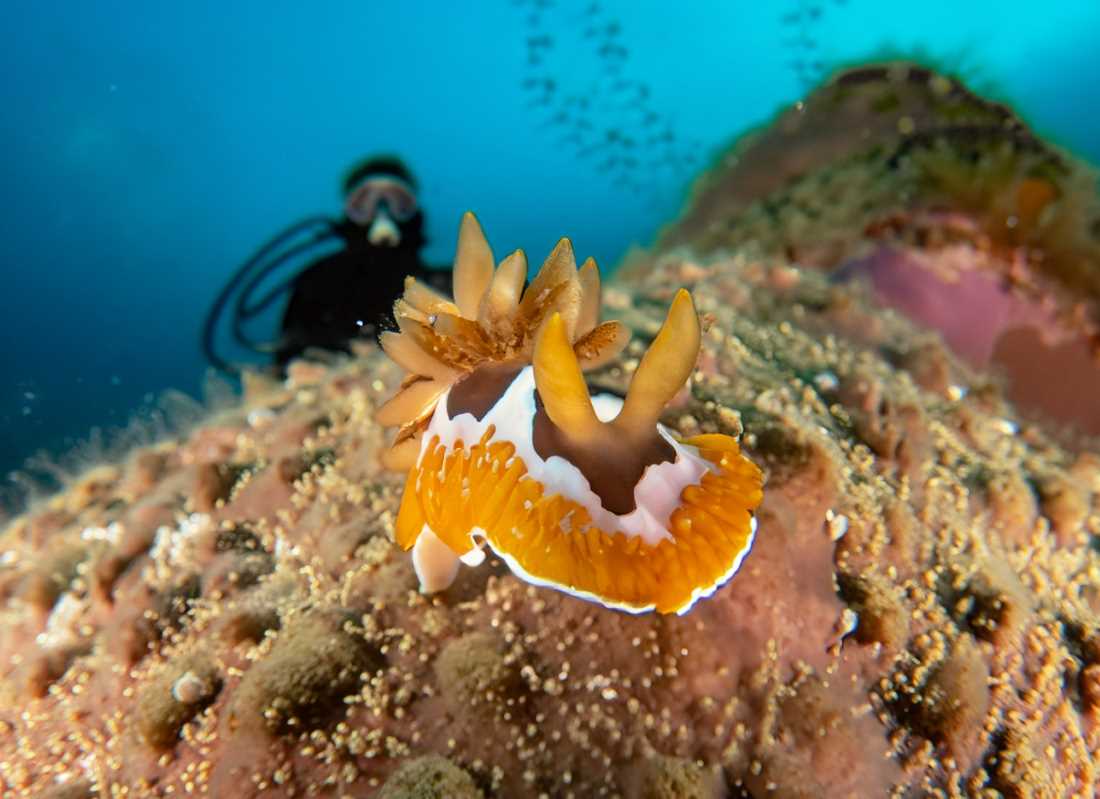Meet the Invertebrates that Call Bahía de Los Ángeles Home
Nestled within the Gulf of California, Bahía de Los Ángeles is an underwater Eden teeming with life in its most vibrant forms! Imagine diving into a world with 4,900 species of invertebrates—from mollusks and arthropods to echinoderms and cnidarians.

When it comes to marine biodiversity, few places can rival the Bahía de Los Ángeles in the Gulf of California. With an overwhelming richness of invertebrate species—some endemic and some just plain enigmatic—the bay stands as a mesmerizing undersea Eden that is as fascinating as it is vulnerable. This article delves into the intriguing details of this marine marvel, extrapolating from existing research to paint a vivid picture of an underwater world that many of us are yet to fully understand.
The Gulf of California is a veritable treasure trove of marine life, hosting more than 4,900 species of invertebrate macrofauna. These species constitute a staggering 70% of the total invertebrate biodiversity in the Gulf. Among the diverse phyla present, Mollusca (2,198 species), Arthropoda (1,062 species), Annelida (722 species), Echinodermata (263 species), and Cnidaria (262 species) stand out as the most numerous.




